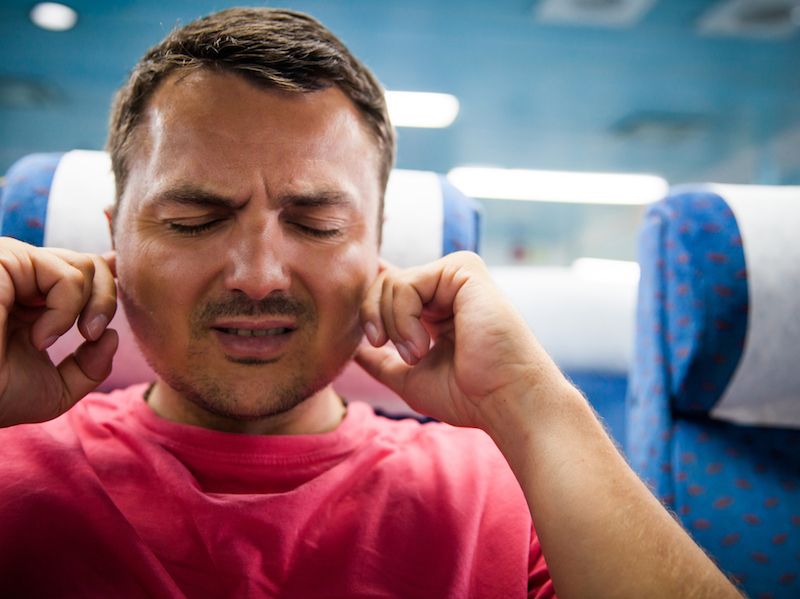
Ever have problems with your ears on an airplane? Where all of a sudden, your ears seem to be plugged? Maybe somebody you know suggested you try chewing gum. And you probably don’t even understand why this works sometimes. If your ears feel plugged, here are a few tricks to make your ears pop.
Pressure And Your Ears
Your ears, as it turns out, do an incredibly good job at controlling pressure. Thanks to a useful little piece of physiology called Eustachian tubes, the pressure of the outside world is able to be regulated, adjusted, and equalized inside of your ears. Usually.
Irregularities in air pressure can cause issues in circumstances where your Eustachian tubes are not adjusting properly. There are instances when you could be suffering from an uncomfortable and often painful condition called barotrauma which occurs when there is a buildup of fluid at the back of the ears or when you’re sick. At higher altitudes, you experience a small amount of this exact condition.
The majority of the time, you won’t notice differences in pressure. But when those differences are rapid, or when your Eustachian tubes aren’t working quite right, you can feel fullness, pain, and even crackling inside of your ears.
Where’s That Crackling Coming From?
You might become curious what’s causing that crackling since it’s not common in day to day circumstances. The sound itself is often compared to a “Rice Krispies” type of noise. In most cases, what you’re hearing is air moving around blockages or impediments in your eustachian tubes. The cause of those obstructions can range from congestion to Eustachian tube malfunction to unregulated changes in air pressure.
Neutralizing Ear Pressure
Usually, any crackling will be caused by a pressure imbalance in your ears (particularly if you’re flying). In that scenario, you can try the following technique to equalize ear pressure:
- Toynbee Maneuver: This is actually just an elaborate way of swallowing. Pinch your nose (so that your nostrils are closed), shut your mouth, and swallow. Sometimes this is somewhat easier with water in your mouth (because it forces you to keep your mouth shut).
- Yawn: Try yawning, it works for the same reason that swallowing does. (if you can’t yawn on command, try imagining someone else yawning, that usually will work.)
- Swallow: Pressure in the eustachian tubes will be neutralized when the muscles used to swallow are triggered. This, incidentally, is also the reason why you’re told to chew gum on an airplane; the swallowing is what equalizes the ear and chewing causes you to swallow.
- Valsalva Maneuver: Try this if you’re still having problems: pinch your nose shut your mouth, but instead of swallowing, try blowing out (don’t let any air get out if you can help it). Theoretically, the air you try to blow out should go through your eustachian tubes and equalize the pressure.
- Frenzel Maneuver: Okay, try this tactic. Pinch your nose, close your mouth, and make “k” noises with your tongue. You can also try clicking to see if that works.
Devices And Medications
There are devices and medications that are made to deal with ear pressure if none of these maneuvers help. Whether these medicines and techniques are right for you will depend on the root cause of your barotrauma, as well as the severity of your symptoms.
In some cases that could mean special earplugs. In other circumstances, that could mean a nasal decongestant. It all depends on your scenario.
What’s The Trick?
The real trick is finding out what works for you, and your eustachian tubes.
But you should schedule an appointment to see us if you can’t shake that feeling of obstruction in your ear. Because this can also be a symptom of hearing loss.